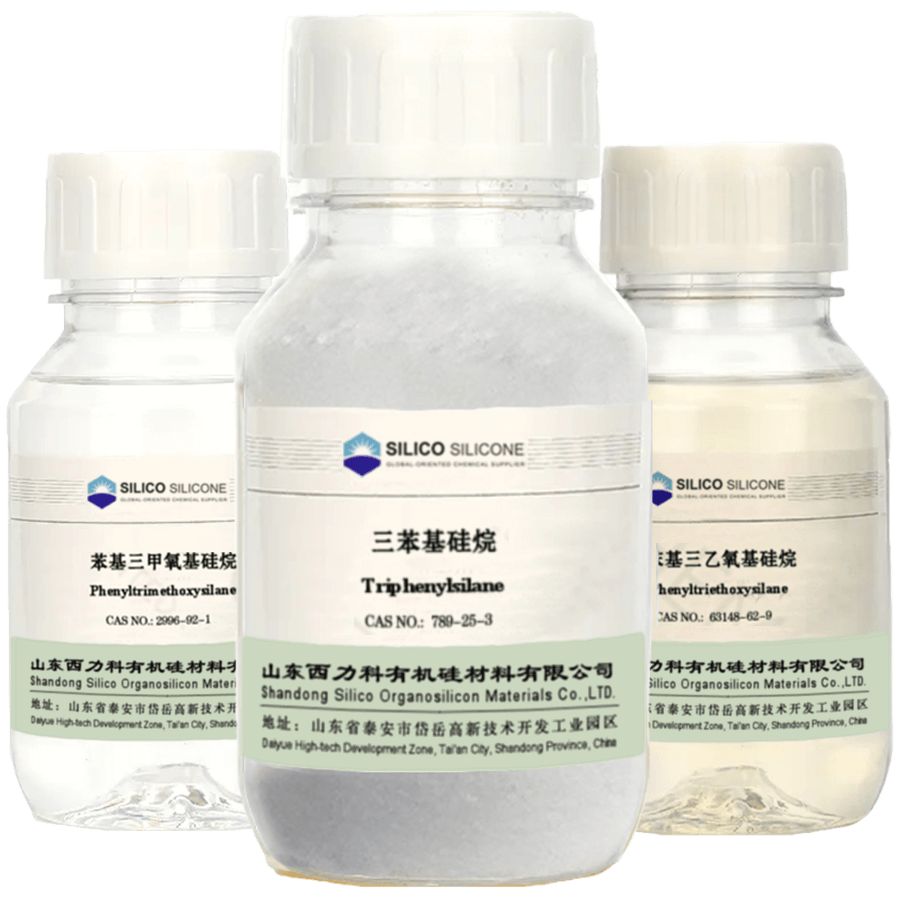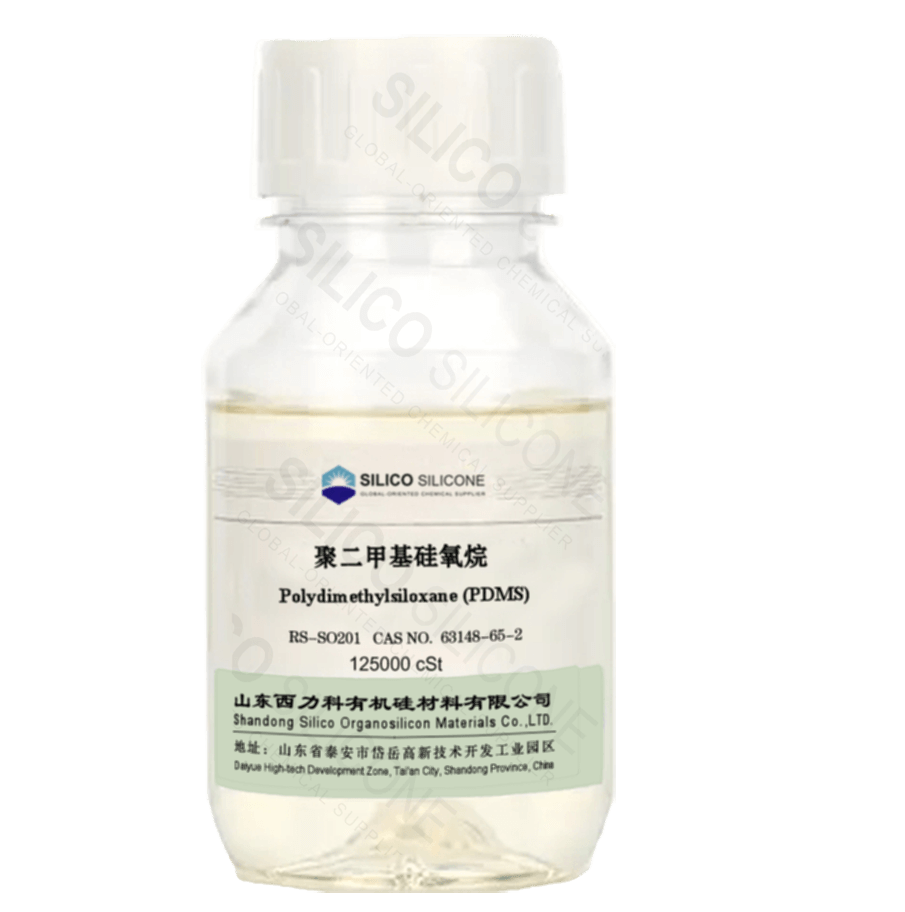Medical Applications of Silicone Oil in Healthcare
- Blog
- July 11, 2024
- 2:36 pm
Silicone oil (Fluids), a synthetic organosilicon compound primarily composed of polydimethylsiloxane (PDMS), has become a cornerstone material in various medical specialties. Its exceptional chemical inertness, thermal stability, optical clarity, and biocompatibility make it suitable for use in ocular surgeries, implantable devices, and sustained drug delivery systems. This article explores the medical applications of silicone oil, with a focus on its clinical efficacy, benefits, and potential complications, etc…
Table of Contents
1. Chemical Properties of Silicone Oil
| Property | Description |
|---|---|
| Chemical Composition | Polydimethylsiloxane (PDMS) |
| Viscosity Range | 1,000 – 5,000 centistokes |
| Refractive Index | ~1.40 (similar to vitreous humor) |
| Biocompatibility | Non-toxic, stable in biological environments |
| Hydrophobicity | Strongly hydrophobic, ideal for internal use |
| Optical Transparency | Allows clear retinal observation during surgery |
These characteristics make silicone oil highly favorable for internal medical applications, particularly intraocular procedures.
2. Medical Applications
2.1 Silicone Oil in Ophthalmology
2.1.1 Retinal Detachment Repair
Silicone oil is the gold standard intraocular tamponade in treating complex retinal detachments, such as those involving proliferative vitreoretinopathy (PVR) or diabetic retinopathy. The oil’s high viscosity and surface tension support the retina mechanically while reducing the risk of re-detachment.
Table: Clinical Outcomes of Silicone Oil in Retinal Surgeries
| Condition | Retinal Reattachment Rate | Postoperative Visual Acuity (≥20/200) | Source |
|---|---|---|---|
| Proliferative Diabetic Retinopathy (PDR) | ~70% | ~22% | PubMed |
| Proliferative Vitreoretinopathy (PVR) | ~67% | ~53% | PubMed |
2.1.2 Corneal Protection During Vitrectomy
During prolonged vitreoretinal surgeries, Silicone Fluids is applied to the corneal surface to reduce epithelial damage and enhance visualization, particularly in hypotonic eyes. It reduces corneal dehydration and fogging under the surgical microscope.
2.1.3 Antimicrobial Properties
Silicone oil has demonstrated inhibitory effects on microbial growth, including strains like:
Staphylococcus aureus
Pseudomonas aeruginosa
Candida albicans
This is attributed to its low oxygen permeability and hydrophobic barrier function, which may reduce postoperative endophthalmitis risk.
2.2 Silicone Oil in Drug Delivery
Silicone oil is emerging as a sustained-release platform for ocular pharmacotherapy. Its molecular permeability and stability allow encapsulation of anti-inflammatory, anti-VEGF, or antibiotic agents, which can be gradually released into the vitreous cavity.
Use Cases:
Intravitreal corticosteroids for uveitis
Antibiotics in bacterial endophthalmitis
Anti-VEGF in diabetic macular edema (DME)
2.3 Artificial Iris and Ocular Prosthetics
Silicone polymers are used in the fabrication of artificial iris implants for patients with aniridia, trauma, or albinism-related photophobia. These implants restore:
Cosmetic appearance
Light regulation
Ocular comfort
They are FDA-approved in many countries and represent a long-term biocompatible solution.
2.4 Other Emerging Applications
Spinal cord protection: As an insulating medium during spinal cord surgeries
Wound healing aids: As part of occlusive dressings
Tissue expanders and reconstructive implants: Especially in dermatology and plastic surgery
3. Complications and Risks of Silicone Oil Use
Despite its benefits, silicone oil use is associated with several complications:
| Complication | Mechanism | Risk Factors |
|---|---|---|
| Emulsification | Breakdown into microdroplets, causing inflammation and glaucoma | Low viscosity, long retention |
| Glaucoma (↑IOP) | Obstruction of trabecular meshwork by oil droplets | Pre-existing ocular hypertension |
| Corneal Decompensation | Endothelial cell damage due to long-term silicone oil contact | Aphakia, prolonged exposure |
| Cataract Formation | Interaction with lens metabolism | Long-term tamponade use |
| Subretinal Migration | Rare, but can cause photoreceptor toxicity | Posterior capsular defects |
To mitigate these risks, viscosity selection, surgical technique, and timely removal are critical.
4. Future Directions and Innovations
Research is currently focused on:
Bio-inert Silicone Fluids blends to reduce emulsification
Nanoparticle-infused silicone oils for targeted drug delivery
Smart Silicone Fluids capable of pH or temperature-sensitive drug release
Short-term, biodegradable Silicone Fluids alternatives
Emerging materials may eventually provide improved safety profiles while maintaining the therapeutic benefits of silicone oil.
4. Conclusion
Silicone oil continues to play an essential role in modern medicine, particularly in ophthalmic surgery and biomedical engineering. Its versatile physical properties, clinical efficacy, and innovative applications have positioned it as a critical tool in healthcare. However, ongoing surveillance and advancements are essential to minimize complications and optimize its use in the clinical setting.
Popular Recommendations
- Most popular products
Get a Catalog & Best Price
- Quick and helpful reply within 24 hours;
- Tailored solutions provided for your project;
- One-stop purchasing service.
TRENDING
- Address: Daiyue Industrial Area, Taian, Shandong, China


